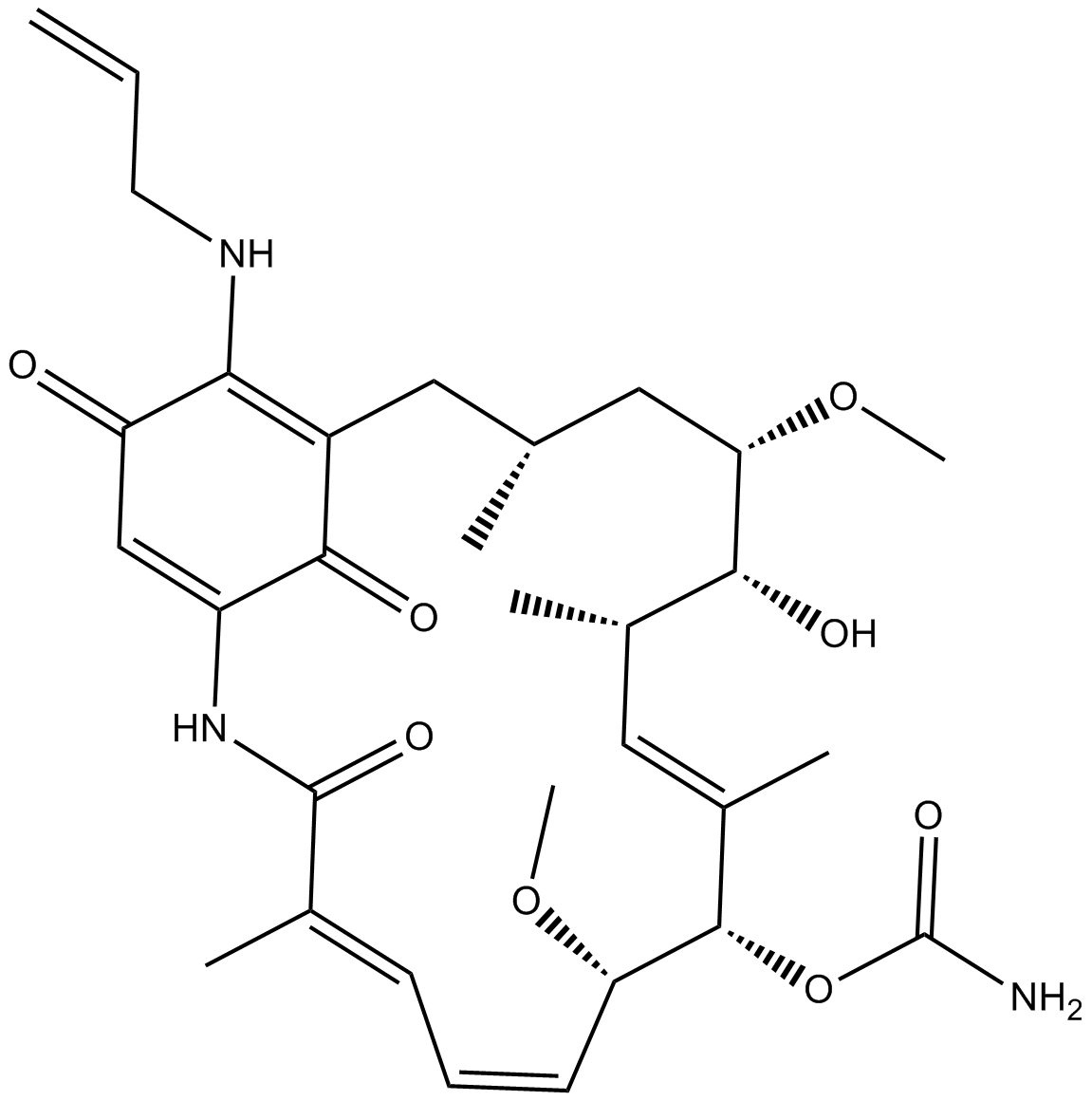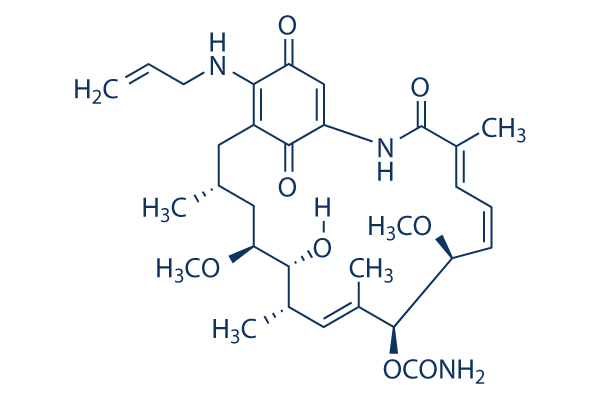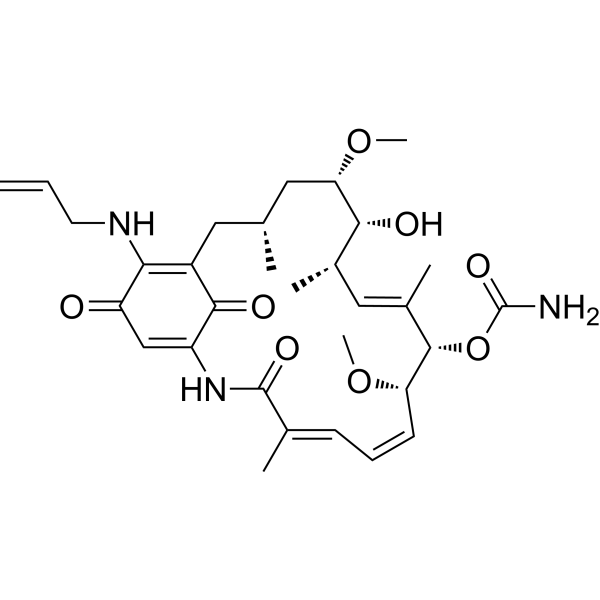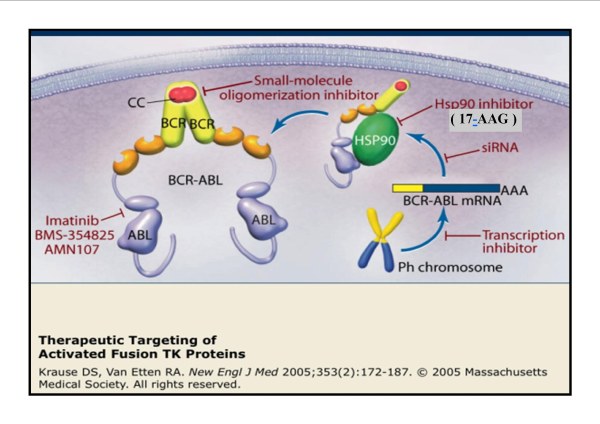
The HSP90 inhibitor, 17AAG, protects the intestinal stem cell niche and inhibits graft versus host disease development | Oncogene
The small-molecule kinase inhibitor D11 counteracts 17-AAG-mediated up-regulation of HSP70 in brain cancer cells | PLOS ONE

Development of 17-allylamino-17-demethoxygeldanamycin hydroquinone hydrochloride (IPI-504), an anti-cancer agent directed against Hsp90 | PNAS
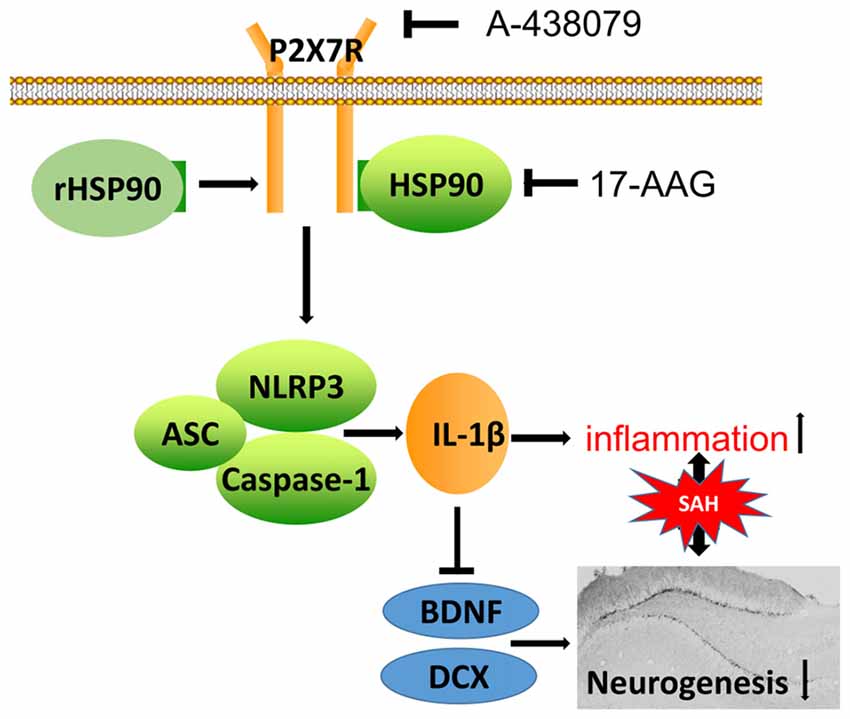
Frontiers | Inhibition of Heat Shock Protein 90 by 17-AAG Reduces Inflammation via P2X7 Receptor/NLRP3 Inflammasome Pathway and Increases Neurogenesis After Subarachnoid Hemorrhage in Mice | Molecular Neuroscience

Tumor Suppression Efficacy of Heat Shock Protein 90 Inhibitor 17AAG in a Liposarcoma Mouse Model | Anticancer Research

Nanomedicines Targeting Heat Shock Protein 90 Gene Expression in the Therapy of Breast Cancer - Zaib - 2022 - ChemistrySelect - Wiley Online Library

Effect of 17-AAG on cell proliferation and Hsp90 client protein levels.... | Download Scientific Diagram
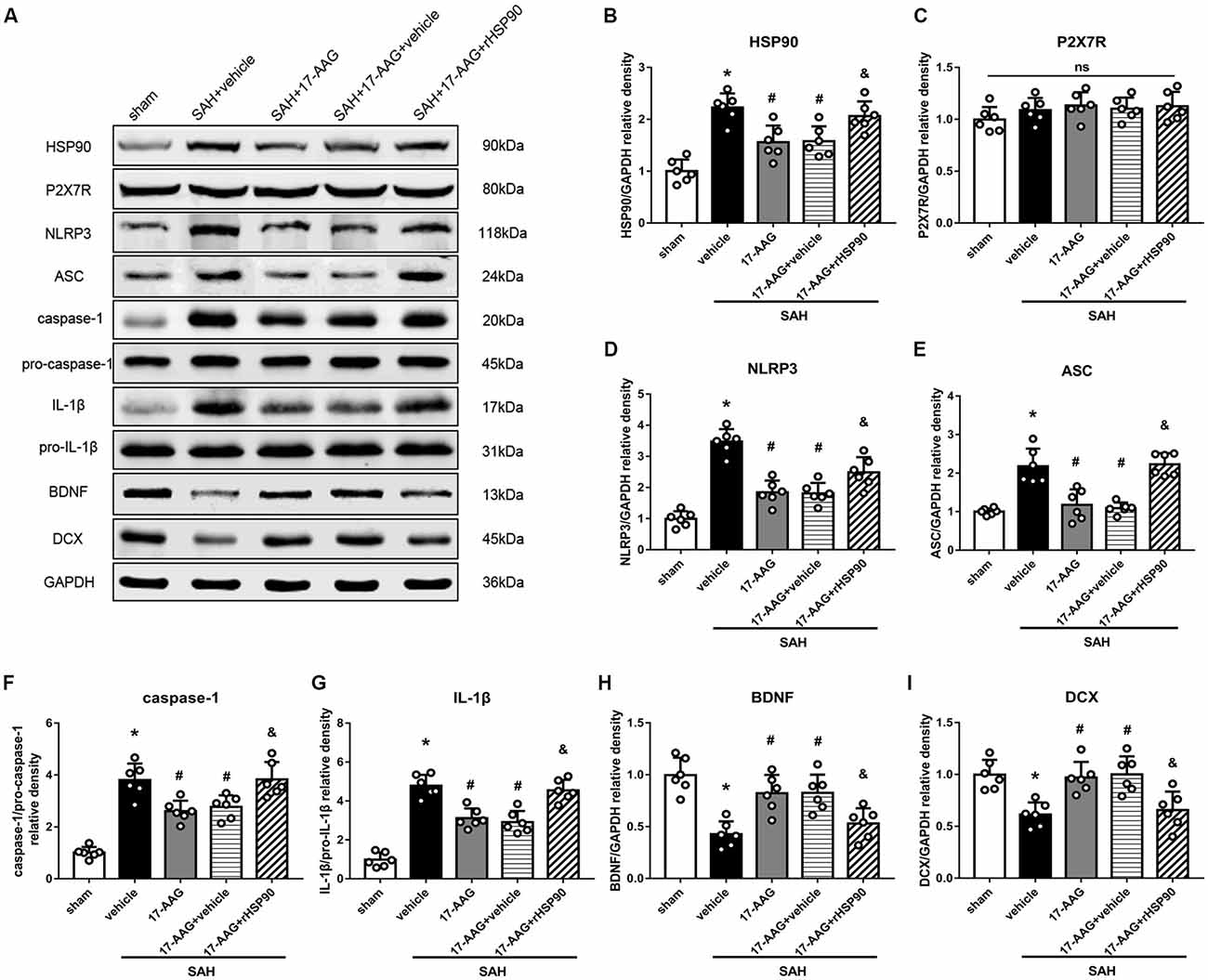
Frontiers | Inhibition of Heat Shock Protein 90 by 17-AAG Reduces Inflammation via P2X7 Receptor/NLRP3 Inflammasome Pathway and Increases Neurogenesis After Subarachnoid Hemorrhage in Mice | Molecular Neuroscience
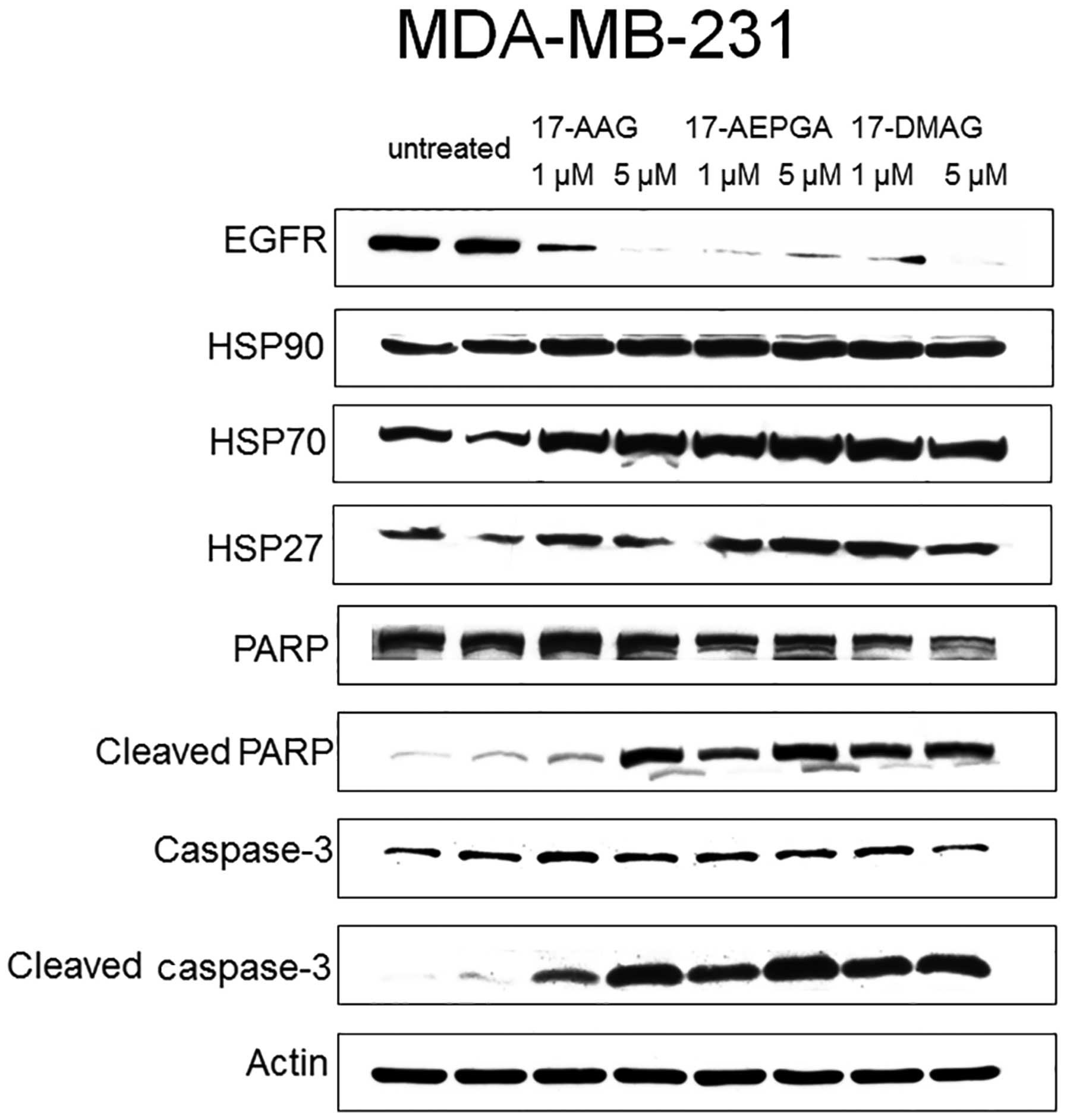
In vitro study comparing the efficacy of the water-soluble HSP90 inhibitors, 17-AEPGA and 17-DMAG, with that of the non‑water-soluble HSP90 inhibitor, 17-AAG, in breast cancer cell lines
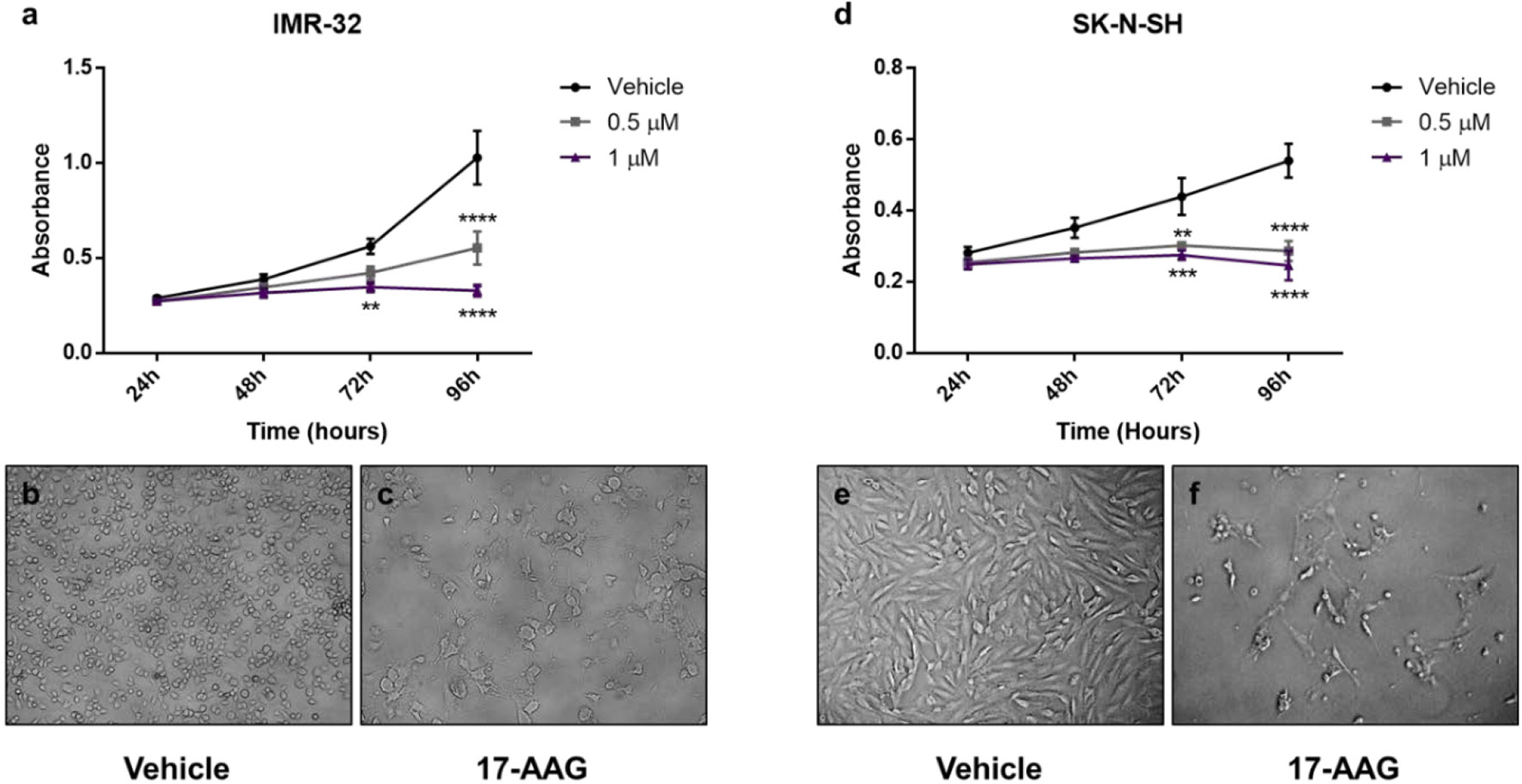
Frontiers | A Novel Mechanism of 17-AAG Therapeutic Efficacy on HSP90 Inhibition in MYCN-Amplified Neuroblastoma Cells | Oncology
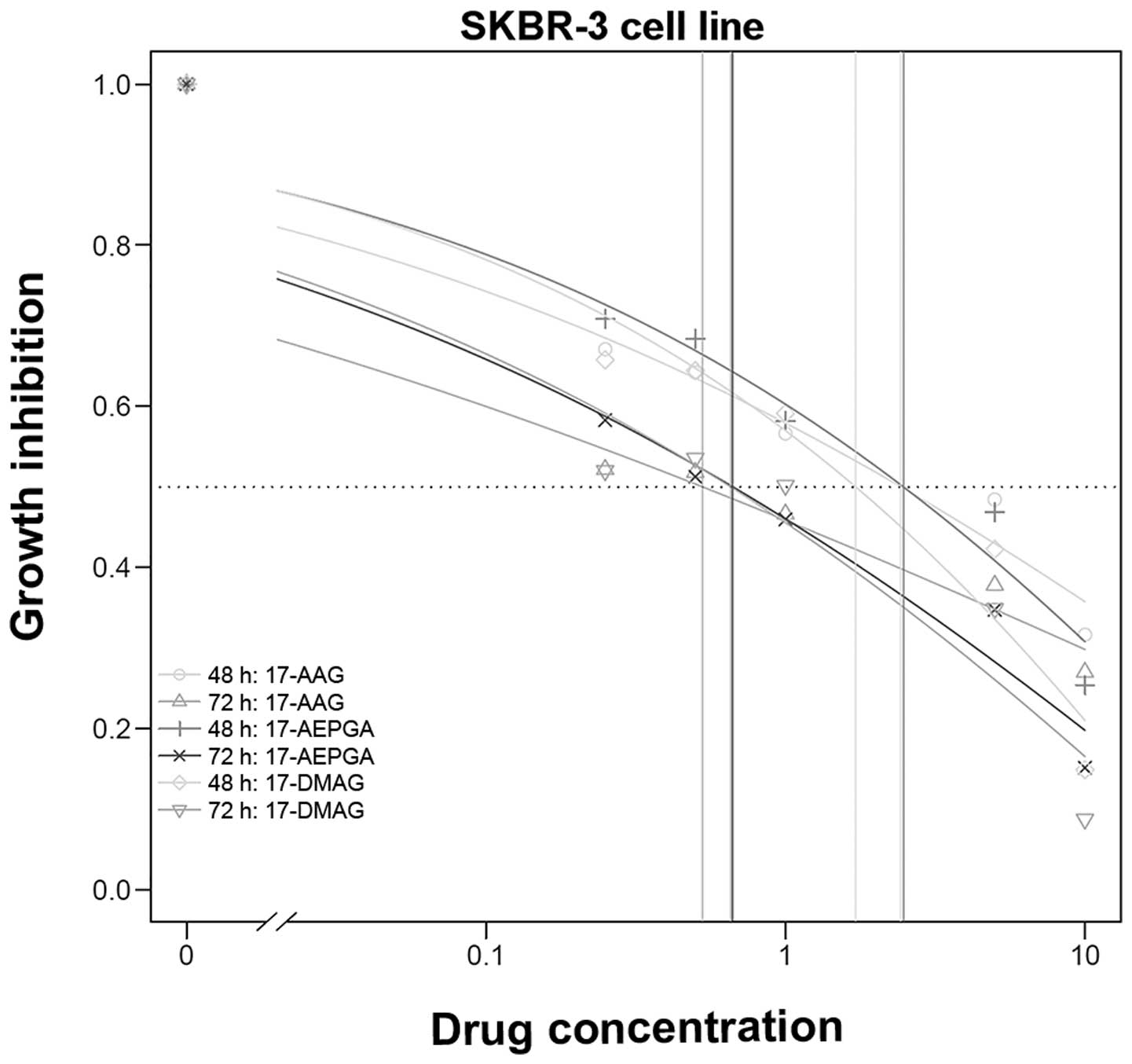
In vitro study comparing the efficacy of the water-soluble HSP90 inhibitors, 17-AEPGA and 17-DMAG, with that of the non‑water-soluble HSP90 inhibitor, 17-AAG, in breast cancer cell lines

Hsp90 Chaperone Inhibitor 17-AAG Attenuates Aβ-Induced Synaptic Toxicity and Memory Impairment | Journal of Neuroscience




